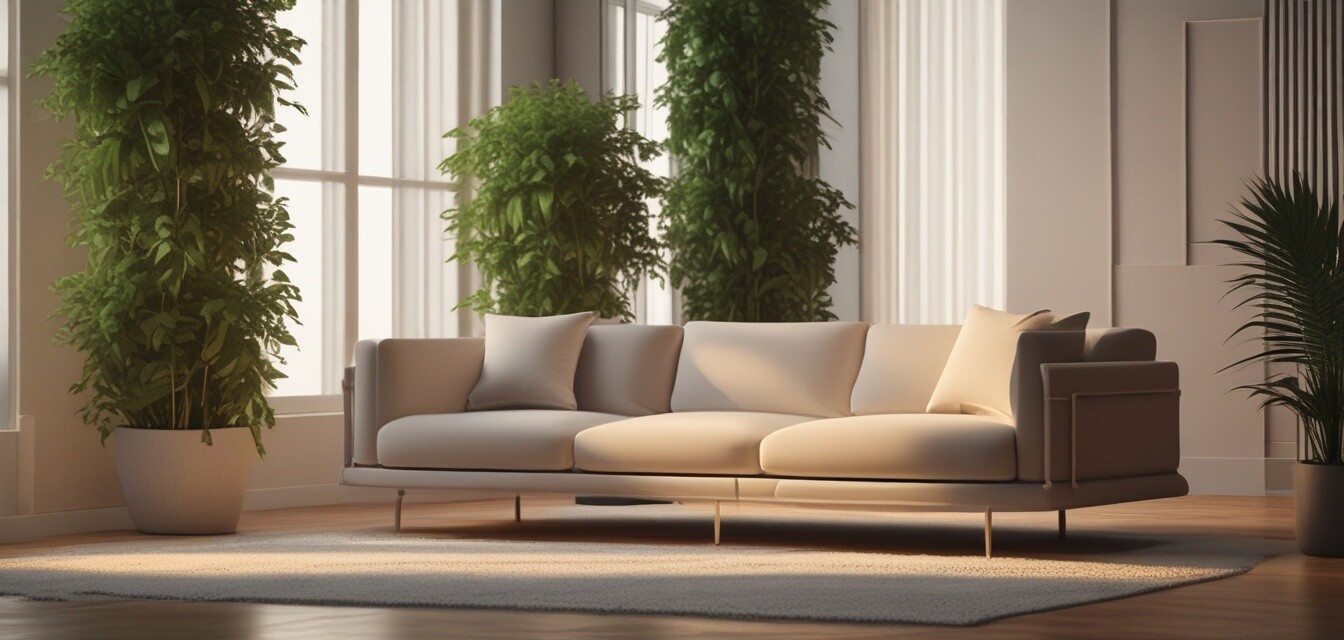
The Rise of 3D Printing in Home Design and Decor
Key Takeaways
- 3D printing is revolutionizing home design by providing customization options.
- The technology allows for cost-effective prototyping and production of decor items.
- Emerging trends show a rise in eco-friendly materials used in 3D printing.
- Personalized home decor enhances the aesthetic and functionality of living spaces.
- 3D printing opens new avenues for DIY enthusiasts and designers alike.
3D printing technology has made significant strides in recent years, benefiting various industries, including home design and decor. With the ability to create customized, intricate designs, 3D printing empowers homeowners and designers to explore new materials, shapes, and functionalities in their living spaces.
Understanding 3D Printing Technology
3D printing, also known as additive manufacturing, is a process that transforms digital designs into three-dimensional objects. This transformative technology builds items layer by layer using a variety of materials, including plastic, metal, and sustainable resources. As the technology has become more accessible, homeowners and interior designers are increasingly incorporating it into their projects.
Why Use 3D Printing in Home Design?
Here are some compelling reasons why integrating 3D printing into home design is on the rise:
- Customization: Create unique, bespoke pieces tailored to individual tastes and preferences.
- Cost Efficiency: Reduce production costs and lead time compared to traditional manufacturing methods.
- Sustainability: Utilize recycled materials and eco-friendly resources, paving the way for greener homes.
- Rapid Prototyping: Quickly iterate designs to refine aesthetics and functionality before production.
Innovative Applications of 3D Printing in Home Decor
3D printing opens a realm of possibilities for home decor. Here are some innovative applications:
Furniture Design
From chairs to tables, 3D printing enables designers to create furniture that merges art and function. Custom shapes, intricate patterns, and optimized structures can redefine traditional furniture.
Lighting Fixtures
Unique lighting designs can shape the ambiance of a room. 3D printed lampshades and fixtures can be crafted to cast striking shadows or emit customizable light patterns, making lighting both functional and artistic.
Wall Decor and Art Pieces
3D printed wall art and decor can add personality to any room. With endless design options, artists can create abstract forms or personalized displays that resonate with the homeowner's style.
Home Accessories
Accessorizing a home becomes an artistic endeavor with 3D printing. Planters, vases, and kitchen gadgets can be designed for both aesthetic appeal and practical use.
Emerging Trends in 3D Printing Materials
The materials used in 3D printing are becoming increasingly diverse, reflecting a shift towards sustainability and innovation:
| Material Type | Characteristics | Applications in Home Design |
|---|---|---|
| PLA (Polylactic Acid) | Biodegradable, easy to print | Decorative items, furniture prototypes |
| ABS (Acrylonitrile Butadiene Styrene) | Durable, impact-resistant | Functional household items, furniture |
| TPU (Thermoplastic Polyurethane) | Flexible, elastic | Kitchen tools, decorative accessories |
| Recycled Plastics | Sustainable, eco-friendly | All types of home decor |
Getting Started with 3D Printed Home Decor
If you're interested in integrating 3D printing into your home decor, here are some tips to get started:
Beginners Section
- Explore 3D printing services: Many online services allow you to upload designs or choose from existing templates.
- Start small: Begin with simple projects like vases or small functional items.
- Learn design software: Familiarize yourself with user-friendly design software tailored for beginners.
- Join a community: Engage with fellow enthusiasts or local maker spaces to gain insights and inspiration.
Future Prospects of 3D Printing in Home Design
The future of 3D printing in home design looks promising. As technology continues to advance, we can expect:
- Enhanced materials allowing for even greater creativity and functionality.
- A boom in DIY projects where individuals can create unique decor in their homes.
- Innovative applications, such as integrating smart technology into 3D printed items.
Conclusion
As the demand for personalized and sustainable home decor rises, 3D printing positions itself at the forefront of this transformation. By exploring its possibilities, homeowners and designers can create stunning, functional, and bespoke environments that reflect their unique styles.
Pros
- Endless customization options for home decor.
- Ability to quickly create prototypes before full production.
- Savings in time and cost for both designers and consumers.
- Eco-friendly options available for environmentally conscious design.
Cons
- Some designs may require specialized knowledge to execute.
- Not all 3D printed materials are durable or suitable for all applications.
- Initial investment in 3D printing equipment may be high.
Learn More
Stay updated with the latest news and trends in the world of 3D printing by checking out our News & Trends section. You can also explore various desktop 3D printers suitable for home use or browse our extensive guide on buying guides. If you're curious about different materials, don’t miss our page on 3D printing materials for a comprehensive overview.

